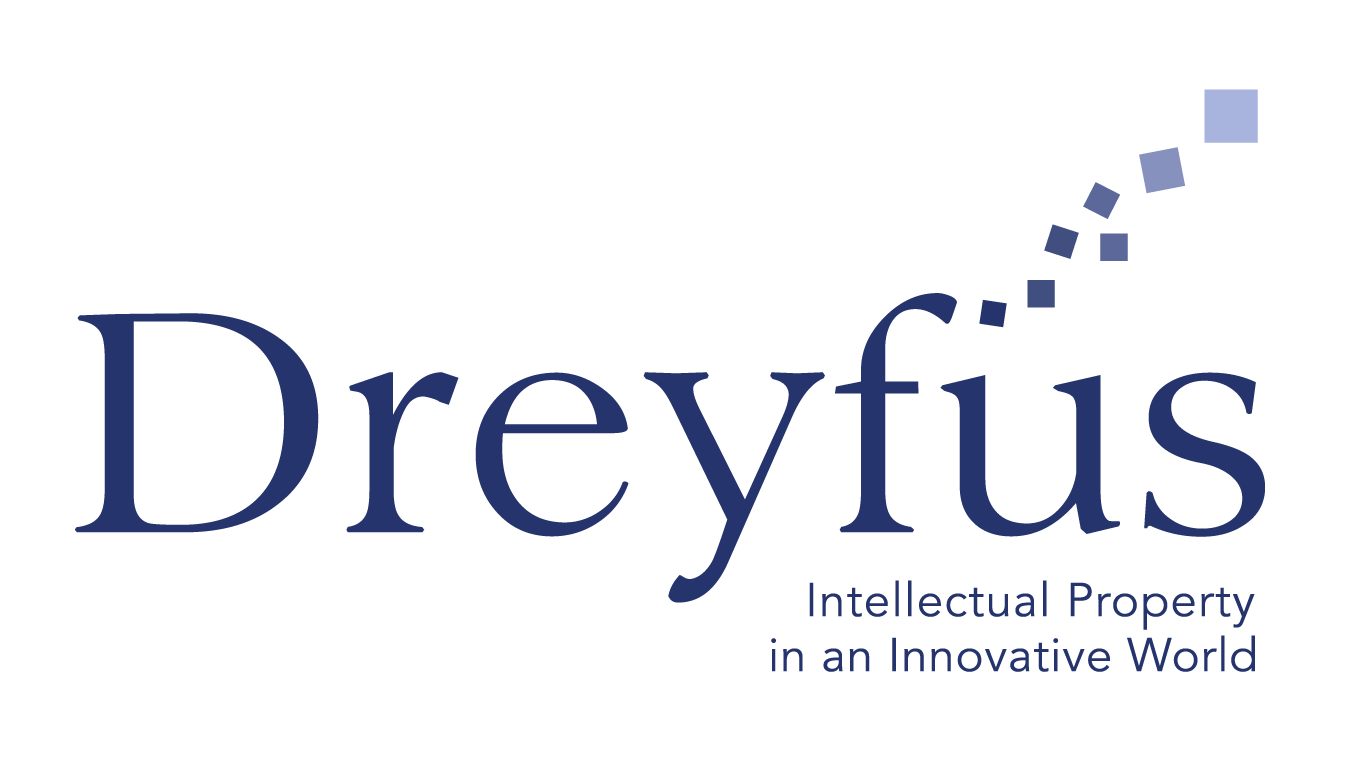
by Marketing Team | Feb 29, 2024 | Uncategorized
Image generated by DALL E 3 Microsoft version
NFT technology (Non-Fungible Tokens), both complex and innovative, raises significant legal questions, especially regarding trademark law. These non-fungible tokens, rapidly gaining popularity, impact numerous sectors such as the economy, sports, video games, and luxury brands.
The Rise of NFTs in the Brand World
Luxury companies are increasingly offering products in digital form within the metaverse. The primary goal for brands is to gain popularity by reaching targets that differ from the physical world. For example, Gucci created the “Gucci Vault” space where players, creators, and the brand come together for a unique experience in the Sandbox metaverse. This space includes an NFT treasure hunt, digital clothing items, and fashion accessories available for purchase.
The use of NFTs offers brands a means to guarantee the authenticity and traceability of their products, thus effectively combating counterfeiting. Companies like the French Arianee are at the forefront, offering digital certificates based on blockchain technology.
Therefore, does the growing development of non-fungible token technology jeopardize the effectiveness of legal protection for trademarks?
NFTs and Legal Protection of Trademarks: Slippery Ground?
The integration of NFTs within the legal framework of trademark law is a delicate issue. The specificity principle, fundamental to trademark law, guarantees exclusive rights to use trademarks for designated products and services. Nonetheless, how NFTs align with this principle remained ambiguous until the introduction of official labels in the Nice Classification in January 2023.
NFTs are lines of code on the blockchain, notably containing, within the smart contract, a link to the underlying digital file. These files can be images, sound, texts. Often, NFTs are perceived by the public as virtual images representing works of art or products (clothing, leather goods).
Therefore, should the classification of an NFT within the Nice Arrangement be based on the aesthetic function, that is, the digital reproduction of the product it represents? Or should it be based on purely material considerations related to the nature of the NFT as such, that is, lines of code on the blockchain?
EUIPO’s Intervention in NFT Classification
The European Union Intellectual Property Office (EUIPO) addressed this question in its twelfth edition of the Nice Classification, effective January 1, 2023. It now expressly allows for the registration of trademarks in class 9 for virtual products and NFTs, insofar as they are treated as digital contents and images. However, the EUIPO specifies that “the term ‘virtual products’ itself lacks clarity and precision, it is therefore necessary to further specify the content to which the virtual products relate” (for example, downloadable virtual products, namely, virtual clothing). NFTs authenticate digital elements but are distinct from them.
Practices and Jurisprudence: Towards Enhanced Brand Protection
Clearly, in practical terms, NFTs frequently embody virtual goods linked to apparel (class 25) and handbags (class 18). Given the novelty of this technology and the recent update of the Nice Classification, most owners of trademarks protected under classes 18 and 25 have yet to fully acknowledge the burgeoning presence of NFTs. Their trademarks not being protected by class 9, they cannot, in principle, contest infringements of trademark rights made by NFT developers on their products and services.
However, the global assessment of the risk of confusion allows for an appreciation of the similarities of the signs in question on an overall basis, with regard to visual, phonetic, verbal, or conceptual similarities.
If NFTs are lines of code, they visually represent products and services thanks to the digital files encoded within these codes. It is crucial to examine the NFT as a whole, which includes not only its computer code but also the digital content it contains. Indeed, the use of an existing brand by an NFT can compromise the main function of that brand: to assure consumers that the products or services come from a specific and reliable source.
Put simply, the comparison must be made between two products or services inherently connected by their function, regardless of whether they fall under different classes. Viewing the NFT in its entirety—accounting for both its technical composition and the digital content it embodies—and by conducting a thorough assessment of confusion risks, the barrier presented by trademark law’s specificity principle can be effectively overcome.
The judge’s decision in the Hermes vs. Birkin case clearly illustrates this reasoning: it implicitly suggests that the purchase of an NFT, representing a digital version of a bag, is not motivated by the practical utility of this bag but rather by its symbolic or artistic value.
Therefore, it is not important that the traditional functions of a bag, such as holding items, cannot be achieved by a digital representation of this bag. What matters is the image that this NFT can represent for purchasers: a digital Birkin bag. The vision shifts from the physical bag to its digital counterpart, capturing the essence of the item in a virtual form.
Conclusion: NFTs, an Opportunity for Trademark Law
In conclusion, the advent of NFTs presents both challenges and opportunities for trademark law. Recent legal cases, like that of Hermès against Birkin, demonstrate that the legal framework can adapt to protect trademarks while recognizing the value of digital goods. NFTs encourage fresh thinking about ownership and authenticity in the digital age, thereby enriching the legal landscape and offering new avenues for brand strategies.
Dreyfus Lawfirm works closely with a network of lawyers specializing in Intellectual Property. Faced with challenges posed by new technologies, particularly NFTs, Dreyfus guides you through the legal intricacies of NFTs in relation to trademark law. For cutting-edge expertise, contact us and follow us on social media!

by Marketing Team | Feb 22, 2024 | Uncategorized
*Image generated by DALL-E 3, Microsoft Version*
In a landmark decision dated November 27, 2023, the Beijing Internet Court addressed a case that could have significant implications for the realms of intellectual property and artificial intelligence.
A Chinese artist sued a tech company for using his AI-generated image, entitled “The Spring Breeze Brings Tenderness” in an advertising campaign. The central issue was whether an artwork generated by artificial intelligence could be protected by copyright, and if so, who would hold such rights. The court ruled in favor of the artist, stating that the artwork indeed fell under copyright protection.
This decision has initiated discussions and debates globally, challenging our views on artistic creation and intellectual property in the age of AI. Let’s delve deeper into this case and the questions it raises.
The Spring Breeze Case: The Background
In this instance, a Chinese artist, shared an AI-created artwork titled “The Spring Breeze Brings Tenderness” on Chinese social media. He produced this image using open-source software, engaging with it via several stages of instructions (prompts).
The Chinese artist later found that a tech company had used his AI-generated image in an advertising campaign to promote their products. The artist claimed the image was essentially a reinterpretation of his original artworks.
The tech company argued that the image was the result of an automated AI creation, and therefore, could not be copyrighted.
However, the court saw it differently, determining that although AI was the tool used to create the image, the artist was still responsible for the original inspiration and design, granting the work copyright protection.
AI as a Creative Tool
After affirming the AI-generated image was indeed an original aesthetic work protected by the Copyright Law of China, the Court delves into the question of authorship.
In fact, this ruling brings to light a fundamental question: to what extent can artificial intelligence be considered a creator in its own right?
Proponents of the court’s decision argue that, in this case, AI is merely a tool used by the artist to realize his idea, similar to how a brush or computer might be commonly used in the creative process. In this view, the artist remains the primary creator of the work, with AI simply facilitating the process.
If generative artificial intelligence is used as a tool to assist in creation, then it’s straightforward; there is no debate. The work is protected by copyright, and the rights related to it consequently belong to the individual author. In this scenario, the personal character of the individual creator is necessarily imprinted on the work.
Yet, there are dissenting voices that believe AI has the potential to create autonomous works, independent of any human influence. In such cases, intellectual property issues become much more complex, as there’s no clear artist to whom copyright can be attributed. However, the hypothesis of Artificial Intelligence as an author is to be excluded today.
Implications for the Future
The discussion surrounding “The Spring Breeze Brings Tenderness” highlights potential challenges in the realm of copyright law, particularly regarding works generated through human-AI collaboration.
The efficiency and lower costs of these “human-AI works” compared to traditional human creations prompt a reevaluation of copyright thresholds. This raises questions about whether current copyright laws encourage or hinder human creativity and innovation, and how legal disputes over authorship might burden the legal system. As AI’s role in creative processes grows, the need to adapt copyright laws and fairly distribute benefits becomes crucial to ensure both innovation and equitable development. This case, rather than providing definitive answers, sparks ongoing debate about the implications of AI in creative fields.
The debate is just beginning, and we are likely to see many more cases like this as AI continues to play an increasing role in the world of art and creation.

by Marketing Team | Feb 16, 2024 | Uncategorized
Image générée par DALL E 3 version Microsoft
Digital platforms of all sizes can now be regulated. On February 17, 2024 an era of increased digital responsibility will begin with the application of the Digital Services Act (DSA), which reforms the E-Commerce Directive, to all players in the digital landscape. This update aims to harmonise the regulatory framework within the European Union, creating a more coherent and secure single market.
The Digital Service Act: A response to the modern digital challenge
Since August 25, 2023, the DSA applied to online platforms referred to as “large-scale”. This includes a wide range of entities, including but not limited to AliExpress, Amazon Store, AppStore, Bing, Booking.com, Facebook, Google Maps, Google Play, Google Search, Google Shopping, Instagram, LinkedIn, Pinterest, Snapchat, TikTok, Wikipedia, X (formerly Twitter), YouTube and Zalando.
From now on this regulation applies to all online intermediaries offering goods, content or services on the European market, regardless of whether the intermediaries are located in Europe or elsewhere in the world. Article 2 of the DSA defines the entities subject to its provisions, in particular the broad concept of “intermediary services”, which includes internet access providers, cloud computing services and online platforms.
The impact of DSA: A New Era of Digital Responsibility
The DSA mandates the implementation of new rules and measures to combat illegal or harmful content, while increasing transparency. These various key provisions are as follows:
- Increased accountability for online platforms: digital platforms, especially those with more than 45 million users, are now under strict obligations to take swift action against illegal content and to ensure user safety. This includes a clear mechanism for users to report illegal activity and for platforms to respond promptly.
- Transparency in content moderation: the Act requires greater transparency in online advertising and algorithmic processes. Platforms will be required to disclose the criteria used to recommend content, with the aim of demystifying how information is curated and presented to users.
- Facilitating enforcement: a key aspect of the DSA is its emphasis on protecting user rights, including privacy and the right to information. It introduces measures against targeted advertising to minors and ensures that users have greater control over the content they want to see or avoid.
These numerous obligations are justified by the overriding objective of ensuring respect for fundamental rights, as guaranteed by the Charter of Fundamental Rights of the European Union. Each EU Member State will appoint a “digital services coordinator” to ensure that the regulation is applied. In France, this role is played by the Arcom. In addition, the European Commission will specifically monitor very large platforms and search engines. Companies that fail to comply with the DSA will be subject to sanctions, including fines of up to 6% of their global turnover. In the case of serious and repeated infringements, platforms could be banned from operating in the European market.
Improving the protection of intellectual property in the digital domain
The DSA has ushered in a new era of intellectual property protection in the digital domain, introducing measures to combat online infringement and delineating the responsibilities of service providers. Dreyfus law firm, with its international network of Trademark attorneys, and its deep understanding of digital regulation, is uniquely positioned to turn the requirements of the DSA into strategic advantages.
Proactive intellectual property strategy and market positioning
The need for specialised legal expertise in this area is becoming increasingly apparent.
Partnering with Dreyfus Law Firm means gaining more than just legal assistance; it means securing a strategic ally committed to navigating the complexities of the DSA and unlocking growth opportunities in the digital age.
Dreyfus partner with an international network of Intellectual Property attorneys
Have your say: Follow us on social networks!
LinkedIn
Instagram



